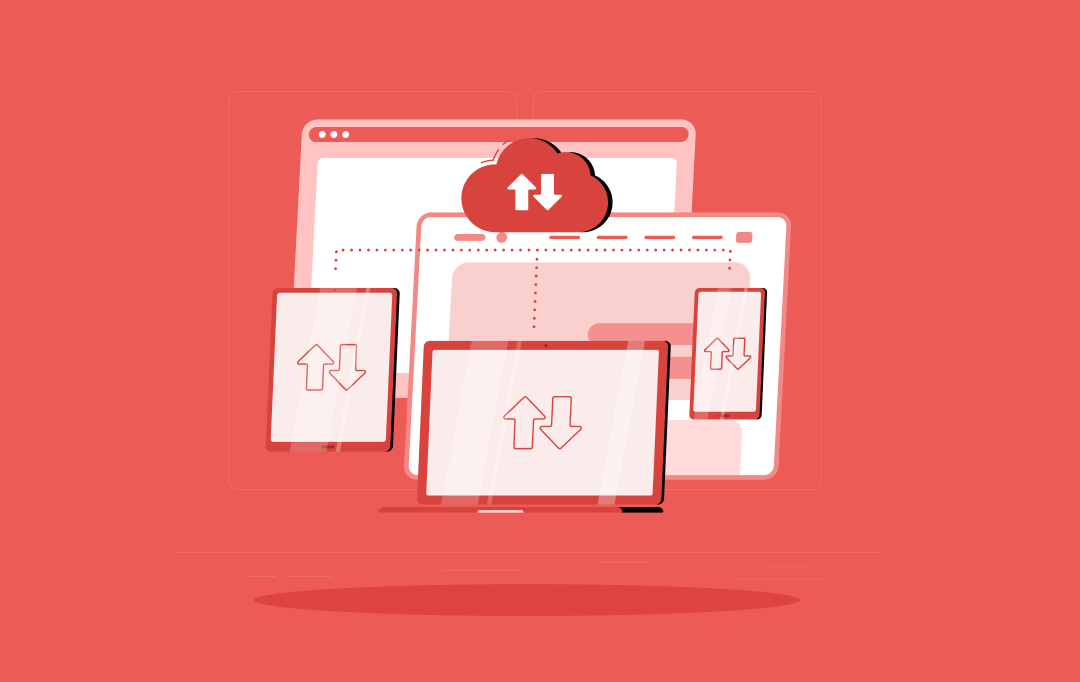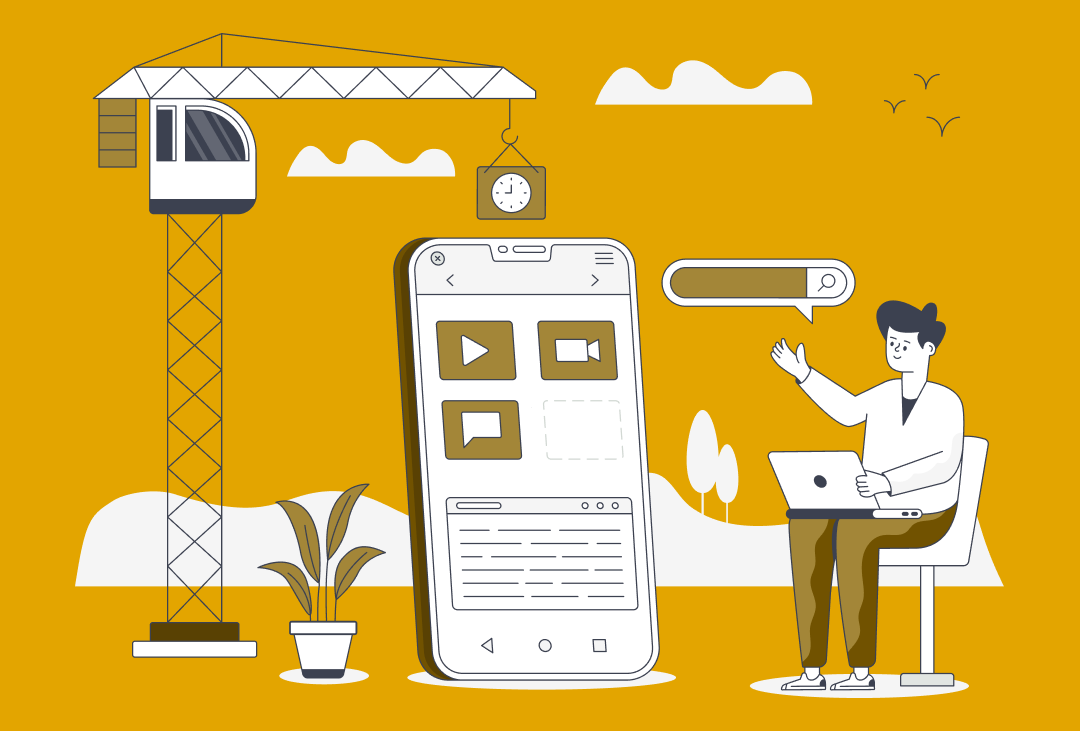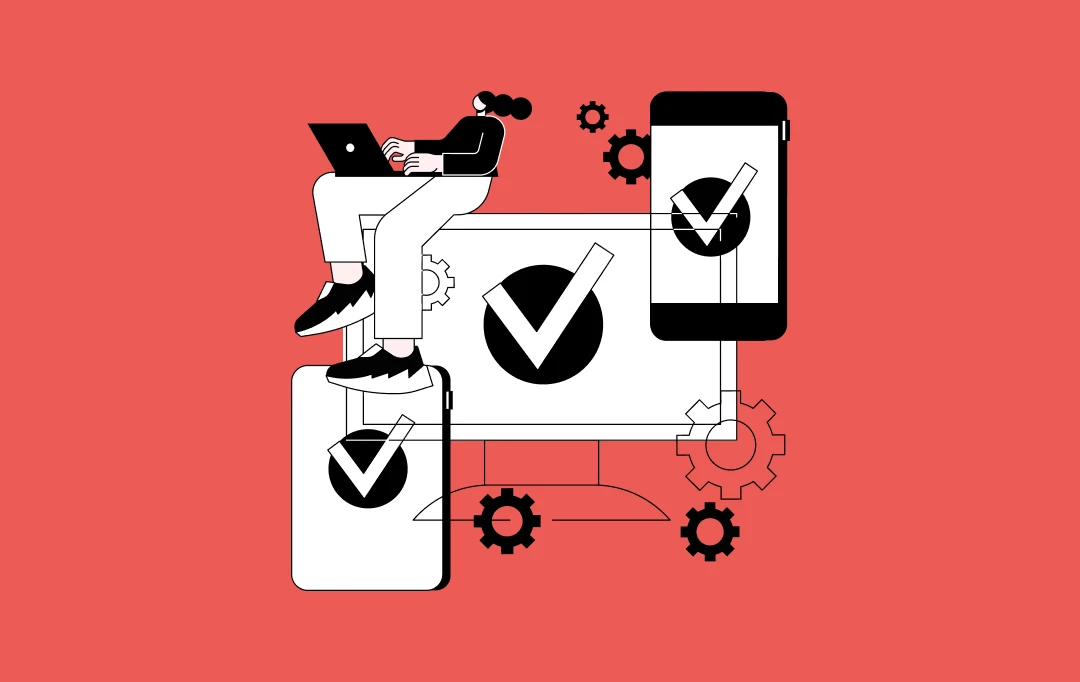Big organizations tend to move slowly and safely compared to their nimble counterparts. The reasoning behind this can be traced back to the cultural challenges associated with being a larger incumbent, and the process and policy-based barriers.
However, the agile-led growth and revenue benefits that a startup enjoys doesn’t remain unnoticed by the enterprises. This is one of the biggest reasons why larger organizations look up to capturing the benefits of an agile development process. But, being the torchbearer for nimble organizations, agile more often than not doesn’t fit into an enterprise model.
This is where the Scaled Agile Framework (SAFe) comes into the picture. It is a solid agile enterprise framework which can be used for helping large organizations overcome the challenges which negatively impacts the speed at which the enterprise grows.
In this article today, we are going to look into the different facets of the SAFe framework and how you can implement it in your enterprise – starting with what is SAFe agile.
What is SAFe and what is it used for?
SAFe methodology is one of the types of agile framework. It is a knowledge base used by the development teams for implementing the agile practices in large-sized organizations. It tweaks the agile practices to make the process work for big teams.
Functionality wise, SAFe merges information from four areas: Lean product development, Agile development, Systems thinking, and DevOps. It blends in the Agile and Lean practices and applies them at an enterprise level to better the business agility and help organizations as they grow bigger in size.
Knowing what is SAFe is only the surface level information of the role the framework plays in scaling agile for the enterprise. The first step of understanding its role is to know when it should be used.
When to use the framework?
- When your team is looking to implement an agile enterprise framework which would merge multiple team programs
- When teams are having their set of agile implementations in place but are facing delays, failures, and obstacles
- When the teams want to work on projects independently
- When you wish to scale the Agile process across the business but are unsure of which new roles are needed or how the current ones have to be changed
- When you tried scaling Agile in the business but struggled with aligning them to achieve consistent strategy across the different business departments.
- When the organization has to better the product development time and wish to know how the other companies have succeeded in scaling it through Scaled Agile Framework (SAFe).
What are the benefits of using a SAFe framework?

Faster time-to-market
One of the biggest advantages of Agile SAFe framework is an improved time-to-market. By aligning the cross-functional agile teams with core business values, the leading businesses can meet customer requirements faster. It can also help them make quicker decisions, communicate effectively, streamline the operations, and remain focused on the consumers.
Improvements in quality
Rock-solid quality is one of the key SAFe values. It showcases the need for integrating quality in every development stage. This way, scaling agile benefits the organizations by shifting the quality check from last-minute focus to everyone’s responsibility.
Increase in productivity
SAFe offers quantifiable improvement in productivity by empowering the teams to eradicate unnecessary work, find and remove the delays, constantly improve, while ensuring that the best products are getting built.
Better employee engagement
Improved ways of working lead to engaged, happier employees. Another primary benefit of the Agile SAFe framework is helping the workers attain autonomy, purpose, and mastery, which are key elements in unlocking the intrinsic level of motivation. The businesses that follow SAFe have the set of tools required to lower burnout and better their employees’ satisfaction.
What are the different agile SAFe principles?
1. Take an economic view
The SAFe model runs on providing the best quality for people and the society in a short sustainable time. The everyday business decisions should be made through an economic context. Moreover, scaling agile for the enterprise should include the strategy devised for every incremental value delivery.
2. Apply system thinking
It is important to understand the systems in which the users and workers operate. These systems are complex and consist of several interconnected elements. In order to better the business process, it is imperative that everyone understands the larger vision of the system.
3. Assume the variability and preserve options
SAFe framework agile principle suggests to maintain a range of design options and requirements in the process for a long period in the development cycle. The empirical data can then be used for narrowing the focus, leading to a design system which creates efficient economic outcomes.
4. Build incrementally with fast learning cycles
Building solutions through a series of small changes enables fast customer feedback while mitigating risks. Because the system always runs, the increments might serve as a prototype for market validation and testing. Additionally, a fast feedback cycle helps with determining when to ‘pivot’.
5. Base milestones on evaluation of working systems
Customers, developers, and business owners have a common responsibility of ensuring that any investment in a new solution should create economic benefits. An evaluation of this from the front of technical, financial governance is needed for assuring continuous investment to produce a stable return.
6. Visualize and limit WIP, reduce batch sizes, manage queue lengths
The lean enterprises aim to achieve the state of continuous flow in which the new system capabilities move quickly from a concept to cash. The keys to implementing these flows can be:
- Visualizing and limiting the amount of work in process. Doing this increases the limit demand and throughput and limits demand to their real capacity.
- Lowering the batch sizes of work to facilitate quicker and reliable flow
- Managing the queue lengths to lower the wait times for newer functionalities
7. Apply cadence, synchronize with cross-domain planning
Cadence builds prediction and creates a rhythm for development while synchronization leads to a connection of multiple perspectives integrated at the same time.
Application of development cadence and synchronization merged with frequent cross-domain plans offer mechanisms that are required to operate efficiently in times of development uncertainty.
8. Unlock the internal motivation of knowledge workers
The lean-agile leaders in an organization understand innovation, ideation, and employee engagement requires effort. It calls for purpose and autonomy, lowering the constraints, and building the environment of mutual influence, are all imperative to reach higher levels of employee engagement.
9. Decentralize decision-making
Achieving quick value delivery calls for decentralization of decision-making. This lowers delay, betters the product development flow, provides faster feedback, and builds innovative solutions that are designed by those who understand the business best. However, there are some decisions that are global, strategic in nature and work around the economies of scale which calls for centralized decision-making.
Because both types of decisions exist in the organization, building a reliable decision framework becomes critical to empower employees and ensure a fast value flow.
10. Organize around value
Today, enterprises are built around the principles which were created in the last century.
In the digital era, the only competitive advantage for the businesses would be the speed in which the organization responds to the customers needs with innovative solutions. These solutions, in turn, call for a cooperation between the functional areas and their dependencies, wastes, handoffs, and delays.
The SAFe framework agile principle suggests that when the customer and market demands changes, the enterprise should seamlessly and quickly reorganize around that business need.
The benefits and the principles of the SAFe agile framework that we covered, can only be achieved if you have the best SAFe team in place. Let us look into them next.
What are the different roles in a SAFe framework?
SAFe Scrum Master (SSM)
Unlike the traditional Scrum Master who concentrates on the basics of a team-level Scrum, the SAFe Scrum Master looks into the context of the complete enterprise and then plans and executes around the Program Increment (PI).
SAFe Product Owner (POPM)
The role of Product Owner is that of a multi-tasker. They are responsible for budgeting, setting the priorities, and determining which of the items should be worked upon.
SAFe Advanced Scrum Master
The Advanced Scrum Master is a level up from the SAFe Scrum Master. They have the responsibility to aid interactions with the product management team, architects, and other stakeholders in the larger enterprise level.
SAFe Agilist (SA)
A SAFe Agilist is a lean-thinking manager who incorporates the principles and values of Lean-Agile Mindset. They create efficient teams and lead the transformation journey through the SAFe agile framework implementation roadmap.
Release Train Engineer (RTE)
The Release Train Engineer applies their Lean-Agile knowledge to execute and release the value. They have the responsibility of building high-performing ART by becoming a coach.
Conclusion
SAFe is a guideline that helps big-sized organizations apply agile and lean practices. With accelerated speed and innovation becoming the new-normal, it becomes imperative for teams to scale under the framework.
While the Agile principles have been used by the startup world for a long time, SAFe agile framework opens the road for a broader sized team to apply the same principles. Now irrespective of the extent of the benefits that the framework offers, there is one undeniable fact – it is difficult to incorporate in an existing rigid legacy system because of its newness.
Our enterprise software development service experts carry an experience in making agile work for organizations through the mode of SAFe agile framework. If you are a business owner who is struggling with the incorporation of the framework in the business model, reach out to us.
IT Managed & Outsourcing
Didn't find what you're looking for? Let us know your needs, and we'll tailor a solution just for you.
























